
By Rodney Taylor
Here's how better back-of-hand protection could be boosting your bottom line.
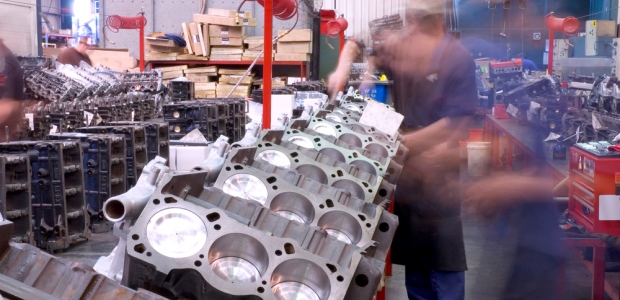
By Larry Wilson
Next time you find yourself rushing, ask yourself if it was really because of circumstances beyond your control or another's unexpected action.
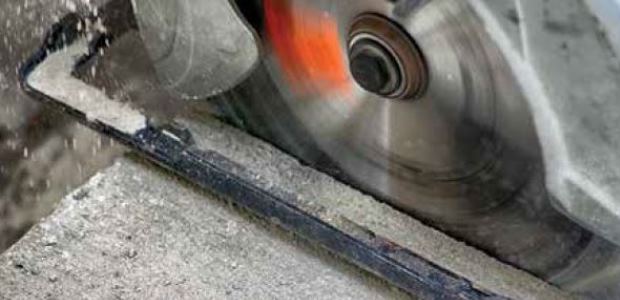
By Michael Tesmer
Understanding the OSHA enforcement guidance will help you. It gets to the heart of what OSHA feels are key aspects of how it expects employers to comply.
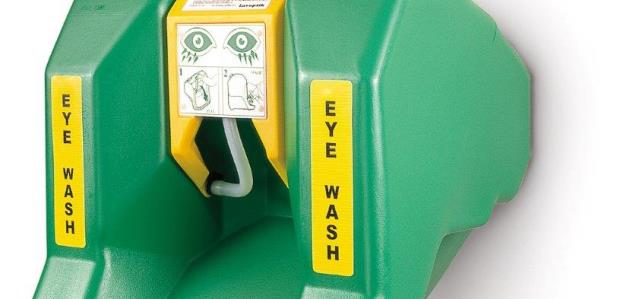
By Jerry Laws
Employees must be trained to hold their eyes open during the flushing process. All employees also should be trained on how to use the emergency equipment fixtures before they handle hazardous chemicals.
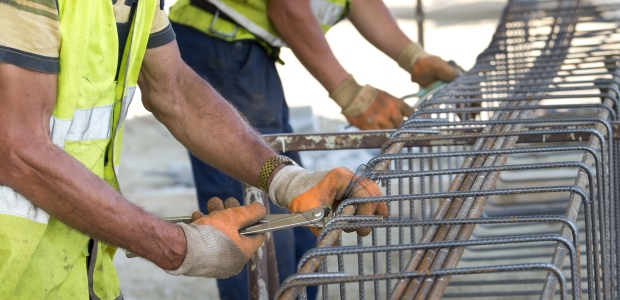
By Pat Cunningham
Host employers have experienced significant success within their employee safety programs by engaging their workforce and adopting a management systems approach to safety/health improvement.

By Richard A. Lazar
The obvious reason for the AED shortage is the fact these life-saving devices are, with a few exceptions, not legally required at most locations. But voluntary deployments are clearly not getting the job done on their own.
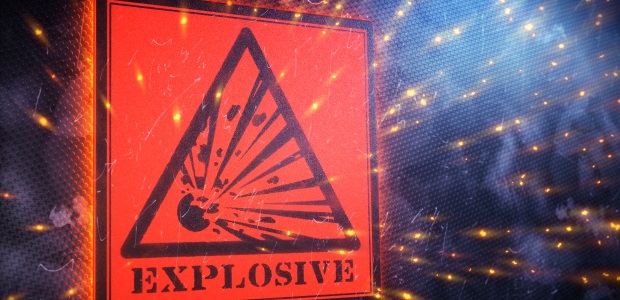
By Jason Reason
It is important to know the qualifications, reputation, and experience of the outside vendor or individual who performs the DHA.

By Pete Schermerhorn
Project teams can collect and view data across project sites—in real time, from any smart device—and drill down to the worker, equipment, or incident level.

By Dr. Kevan Orvitz
A company can have different employee types: administrative 9-5 workers, active sales teams, and warehouse workers. It's important these employees aren’t bunched up into one category of winter preparedness.

By Matt Adams
Although it can seem overwhelming at times, an effective chemical management program is paramount to an effective EHS program. Gaining a deep understanding of chemicals on site and what they are used for is the first step toward success.
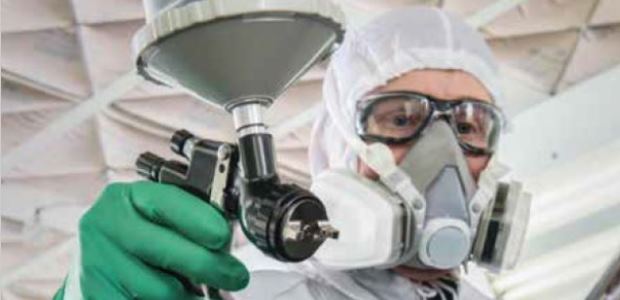
By Joe Kubicek
For workers dealing with lower-level chemicals, a happy medium between traditional disposable gloves and heavy-duty chemical gloves is often needed.
By Robert Pater
The best leader's role becomes teaching others to strengthen and repurpose themselves when they go through periods of being listless, complacent, or disconnected.
By Jerry Laws
We're focusing on construction safety and the construction industry's hazards quite a bit this year.